Stage 2 weaning: Introducing food textures
Hand to mouth
The next stage of weaning
Moving on from smooth purées to thicker food textures in stage 2 of weaning means your baby will need to learn to chew. This is good preparation for eating bigger chunks, like finger foods, when their hand–eye coordination will allow them to feed themselves, and is also important for speech development. Iron-rich recipes for your 7-month-old can help support their cognitive development at this stage.
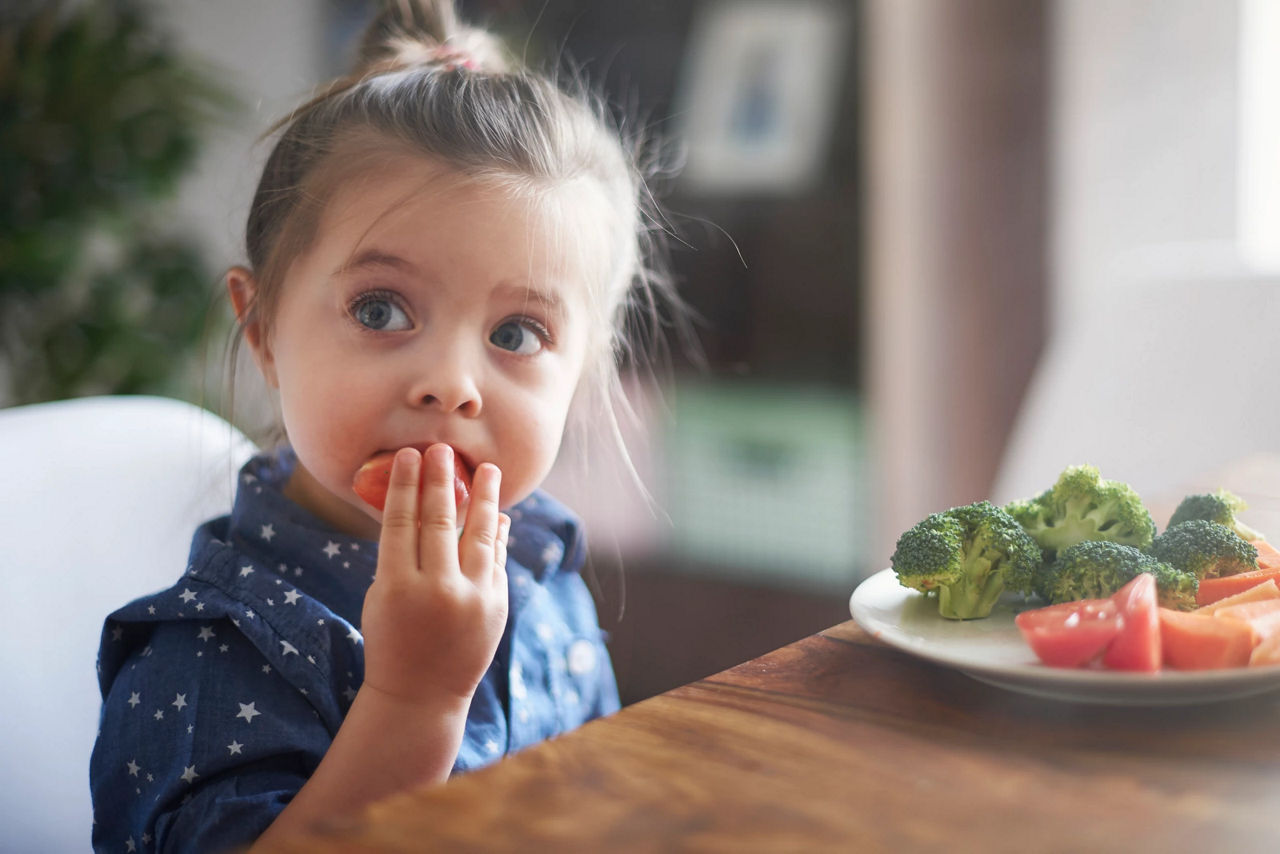
Stage 2 weaning
Once your baby is accepting and enjoying smooth food textures, you can try moving them on to the next stage of weaning – exploring new tastes and thicker textures.
A nutritionally balanced weaning diet
Since no single food can give your baby all the nutrients they need, you’ll need to offer them a wide variety of foods. This will help to ensure that they get the right balance of vitamins and minerals, as well as the energy they need to grow, learn and explore the world around them.
At this stage, it’s especially important to make sure their food and milk contains a healthy amount of iron, as the natural stores they were born with begin to run low after about 6 months.
What to feed your baby in stage 2 of weaning
Try starting your baby’s day with a breakfast cereal fortified with key vitamins and minerals, but with no added sugar or salt. As well as porridge, babies aged 7+ months can try Aptamil Multigrain breakfast to start their day. With our expertise in every spoonful, it contains key vitamins and minerals, including vitamin D for normal development of bones and iron to support normal cognitive development. Remember to include lots of different vegetables in their main meal, and fruit for dessert. Babies of this age are generally willing to try new flavours, so it’s a great time to introduce new foods such as aubergine, mushrooms and pineapple.
Although they may be eating more and more each day, breast milk or formula is still an important part of your baby's diet. They need around 500–600ml (about a pint) a day – this includes any milk you use to make their food.
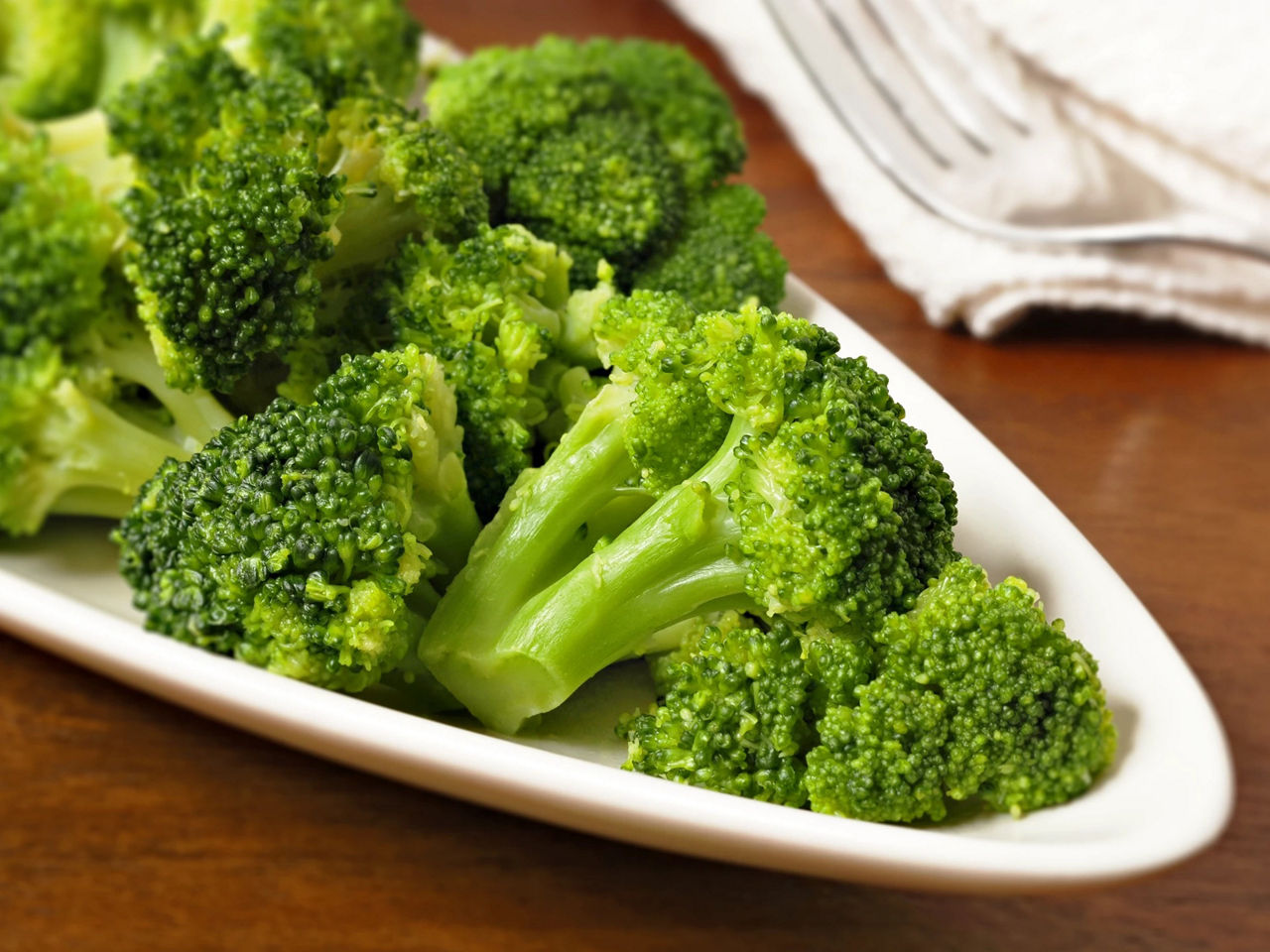 Small pieces of cooked vegetables like broccoli are ideal for stage 2 weaning
Small pieces of cooked vegetables like broccoli are ideal for stage 2 weaning
The right texture
This second stage of weaning involves learning how to chew. This is done by progressing from smooth purées to mashed food textures that encourage your baby to start moving their jaws up and down. Once they have got the hang of this, they'll be ready for bigger lumps and pieces.
Your baby’s coordination may also be improving, so try introducing them to finger foods and the fun of feeding themselves. Small pieces of cooked, mixed vegetables, cubes of soft fruit, or fingers of toast are ideal to start with.
The right tastes
Since this is a stage when they are open to trying new tastes, it’s important to offer your baby a wide variety of healthy foods to help them learn to love different flavours. From the age of two, these preferences may become relatively fixed until they’re around eight years old, so introducing more foods now will help to prevent them from becoming a fussy eater during the toddler and early school years.
Next steps
Add these items to your stage 2 weaning shopping list:
- Broccoli
- Courgettes
- Mushrooms
- Pineapple
- Peaches
- Fresh salmon
- Red meat
- Cheese and full-fat yogurts
- Iron-fortified breakfast cereal – choose varieties that don’t contain added sugar or salt
Related articles

Need some help?
You can get quick answers to common questions in our FAQs.
Alternatively, if you need help with general pregnancy or baby advice, or maybe on using or ordering our products - our expert team are always on hand to talk about feeding your baby.

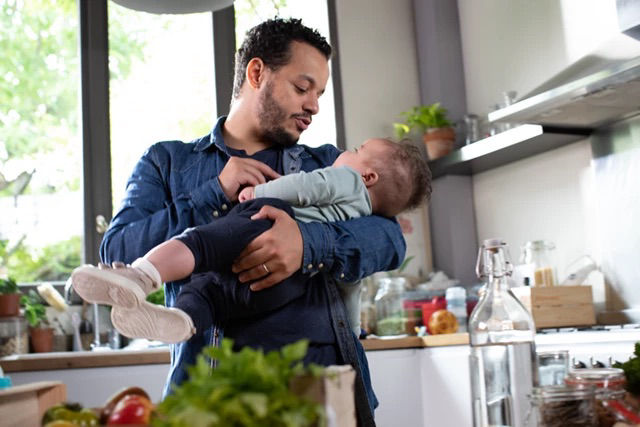
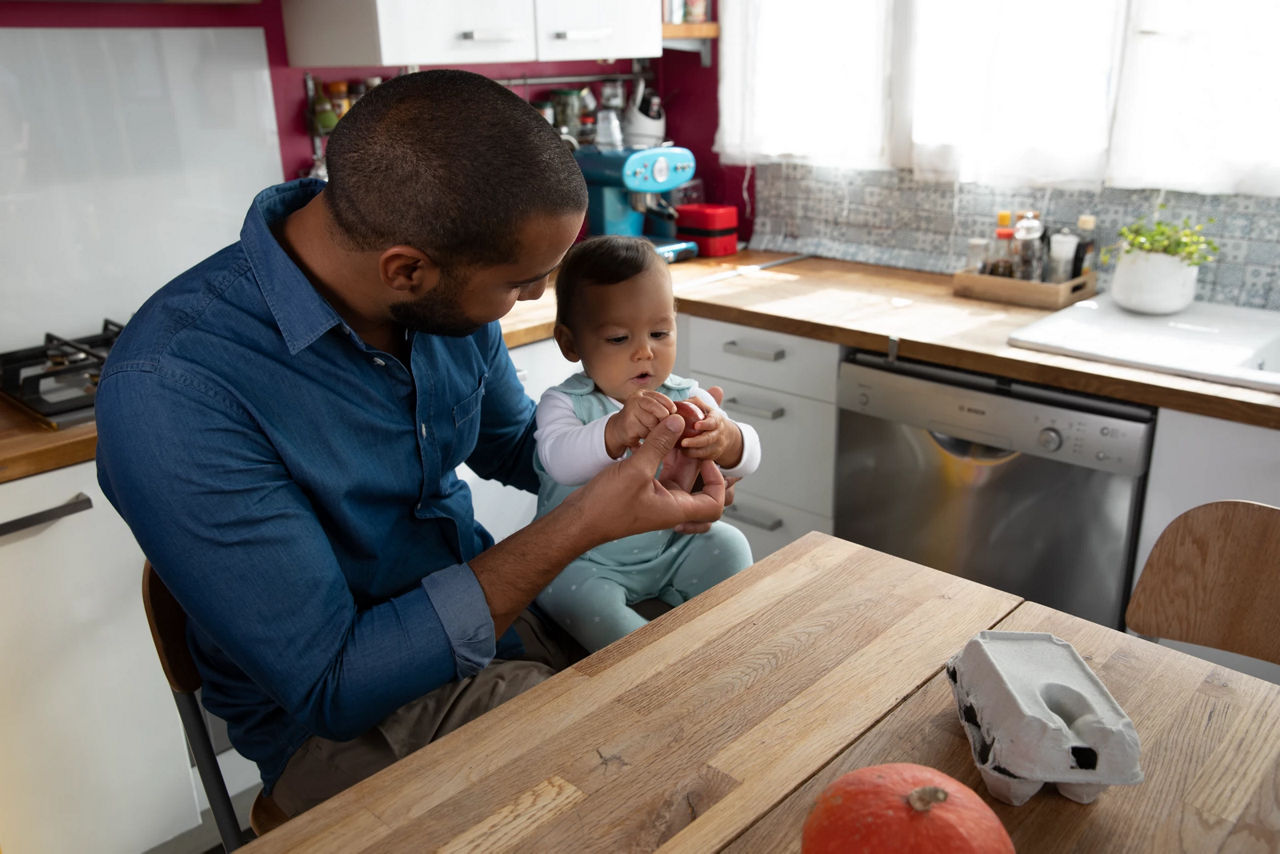
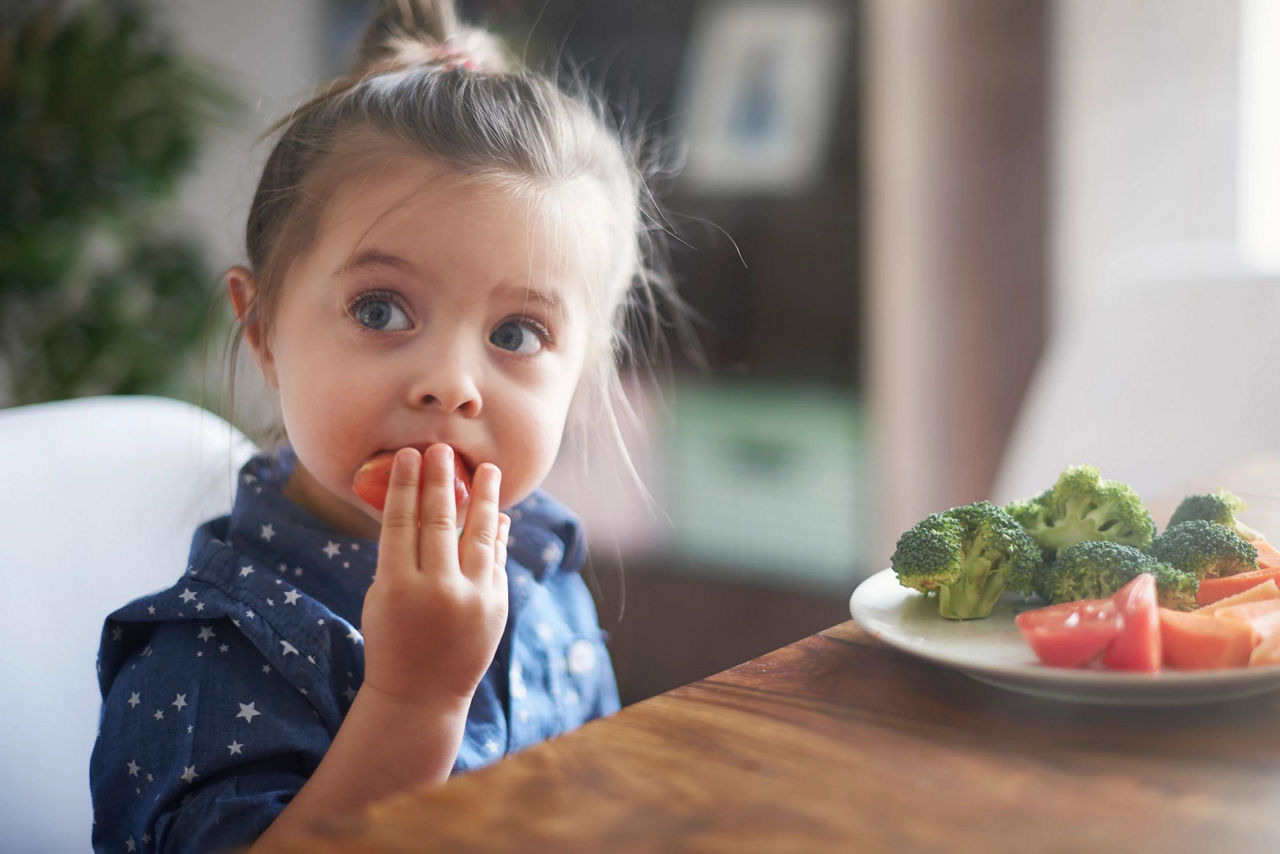
?ts=1701285588461&dpr=off)